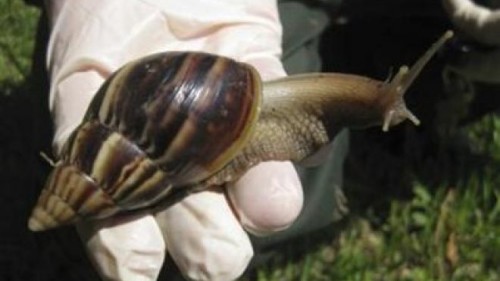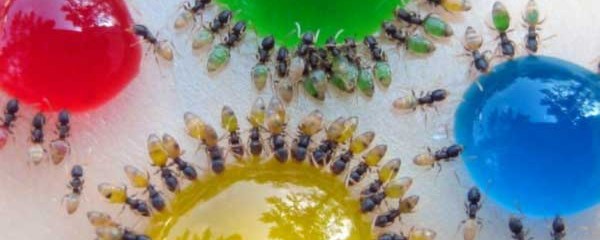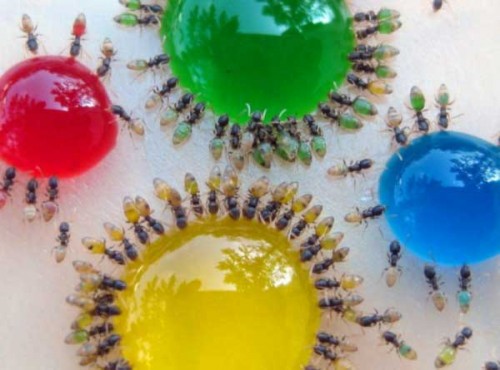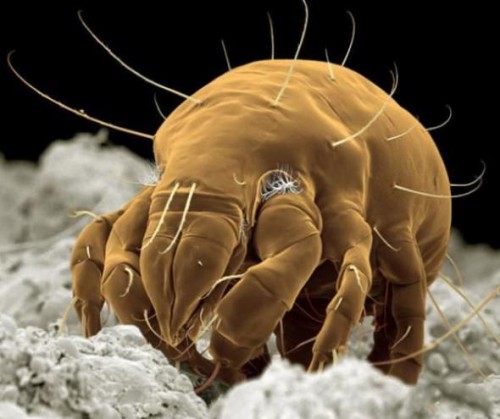Fruit Flies, Fighter Jets Use Similar Evasive Tactics When Attacked
When startled by predators, tiny fruit flies respond like fighter jets – employing screaming-fast banked turns to evade attacks. Researchers at the University of Washington used an array of high-speed video cameras operating at 7,500 frames a second to capture the wing and body motion of flies after they encountered a looming image of an approaching predator (abstract). ‘We discovered that fruit flies alter course in less than one one-hundredth of a second, 50 times faster than we blink our eyes, and which is faster than we ever imagined.’ In the midst of a banked turn, the flies can roll on their sides 90 degrees or more, almost flying upside down at times, said Florian Muijres, a UW postdoctoral researcher and lead author of the paper. ‘These flies normally flap their wings 200 times a second and, in almost a single wing beat, the animal can reorient its body to generate a force away from the threatening stimulus and then continues to accelerate,’ he said.
First there was the anternet, and now this? It almost sounds like humans a giant insects…



